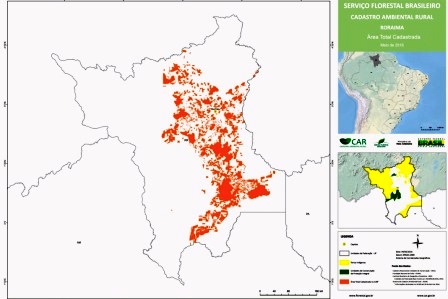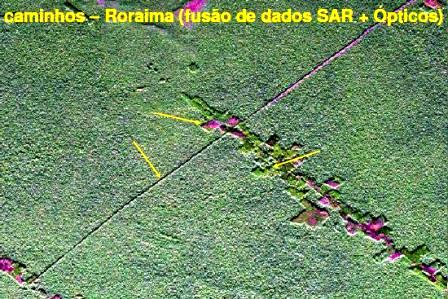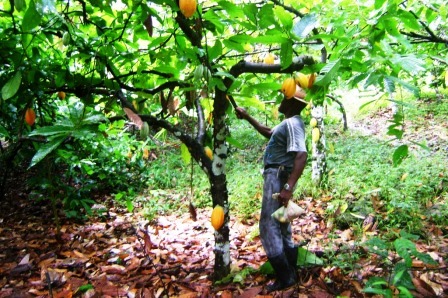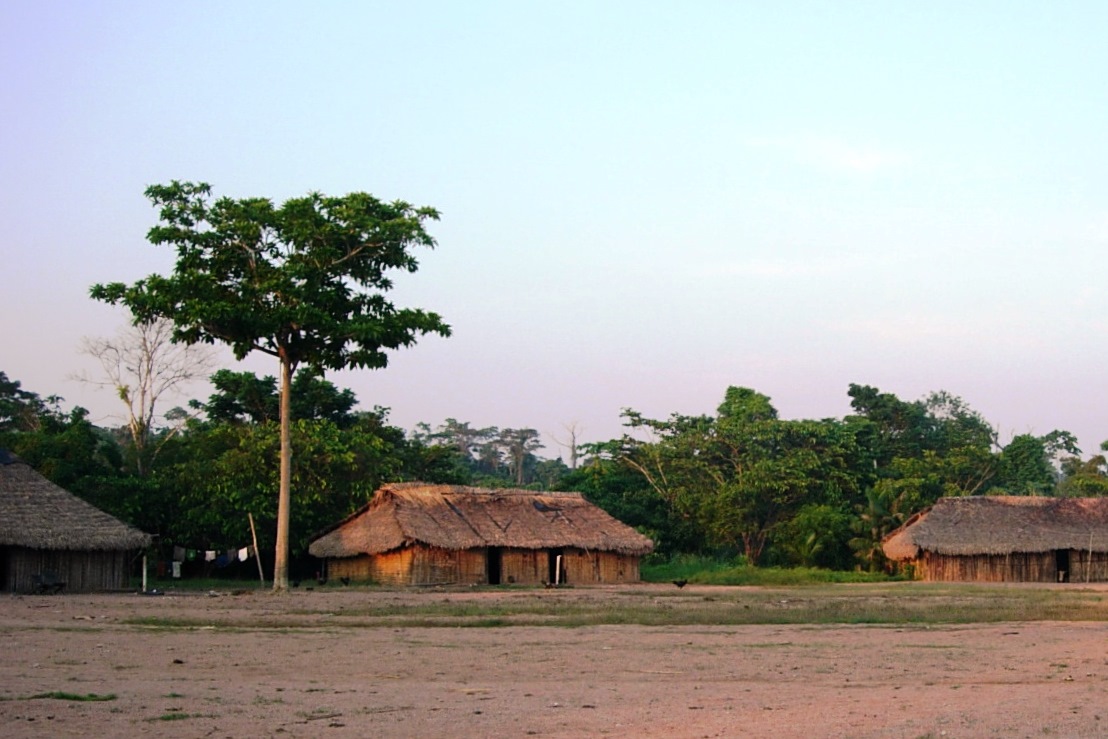RESULT AND IMPACT INDICATORS
The project activities contributed to the results related to the “sustainable production” component (1) of the Amazon Fund Logical Framework.
Below are the results of the main indicators agreed to monitor the expected direct effects.
- Number of hives in production (output indicator)
Target: 10,000 | Result achieved: 4,075
- Revenue obtained (outcome indicator)
Target: R$400 thousand | Result achieved: R$7.3 thousand
Both results achieved fell short of the target. One explanation for the low revenue generation is that for the implementation of the project it was necessary to promote the multiplication of hives, and that, while this process occurs, there is no production of honey for commercialization.
- Number of individuals trained in native bee breeding, agroecological practices, business management and production processes (efficiency indicator)
Target: 310 | Result achieved: 373
- Number of community organizations strengthened (outcome indicator)
Target: 6 | Result achieved: 1
In general, the planned goals were not achieved, although the project's actions were implemented satisfactorily, signaling, above all, that the project was mismatched with the result of these activities during the monitoring period. In this context, it is worth mentioning that meliponiculture is a challenging front, as it is a consolidating production chain.
Finally, the project benefited 45 indigenous individuals and 52 women from a total of 373 individuals directly benefited.
Institutional and administrative aspects
The Peabiru Institute entered into a Technical Cooperation Agreement with Embrapa Amazônia Oriental for the survey of floristic knowledge about plants of meliponiculture interest in areas of action of the Peabiru Institute and dissemination of meliponiculture technologies. Within the scope of this cooperation, as already mentioned, research was developed, including the participation of the UFPA genetics team. The Amazon Nectar project financed research grants and transportation expenses for Embrapa and UFPA scholarship holders.
Embrapa Amazônia Oriental is one of the 42 decentralized units of the Brazilian Agricultural Research Company (Embrapa), linked to the Ministry of Agriculture, Livestock and Supply (MAPA). The research center was created in 1975 in the municipality of Belém, in the state of Pará, inheriting the structure of the former IAN (Northern Agronomic Institute), founded in 1939¹.
Risks and lessons learned
Among the lessons reported, we highlight the recommendation that demonstrative fields of meliponiculture be implemented in the vicinity of the proposed territory for about a year, sufficient time to ascertain the safety of the project in terms of biological threats, especially if there is the presence of “pillaging” bees (Lestrimelitta limao), which plunder the nests of other species to remove honey, pollen and wax.
Another lesson learned is to estimate a lower production of honey and a longer breeding time of hives in areas historically deforested and/or with strong vectors of deforestation, which can decrease the pasture for bees.
Sustainability of results
The actions supported were aimed at consolidating the value chain of stingless bees, promoting food security and income generation for local populations.
The financing of the Amazon Fund allowed to advance in the process of multiplication of parent hives and generated a squad available to the families involved that, it is believed, will allow an increase in honey production.
The project also contributed to the formalization of this activity in the Amazon, obtaining registration with the SIF that will benefit the marketing of honey produced within the scope of the project and in the region, as well as obtained for all meliponaries served by the project authorization of wildlife management with Sisfauna.
Finally, the project contributed to the expansion and dissemination of knowledge about the value chain of stingless bees. It is worth mentioning the differentiated price that honey from native bees already reaches in the national and international market, even being demanded by fine cuisine.
¹ Source: Embrapa - https://www.embrapa.br/amazonia-oriental/apresentacao








